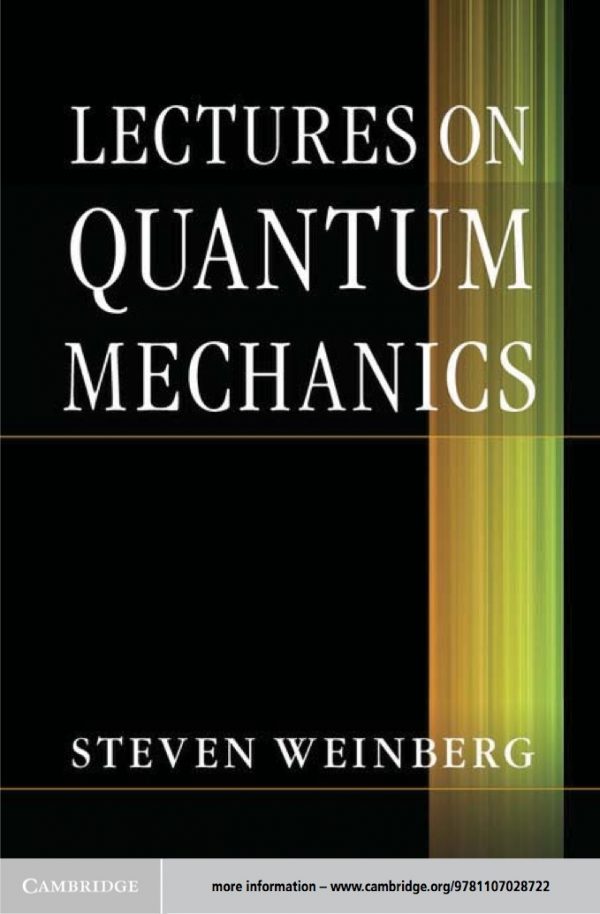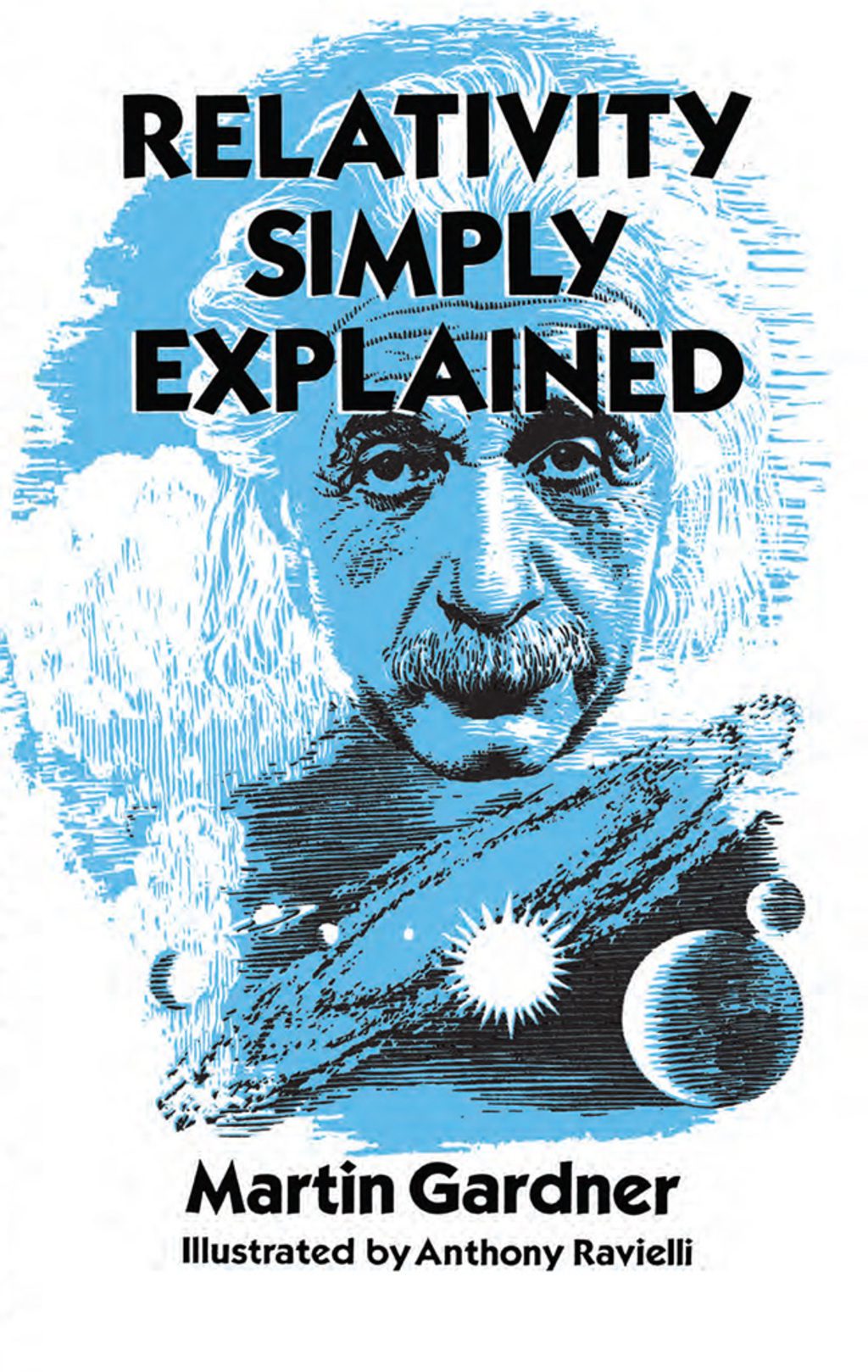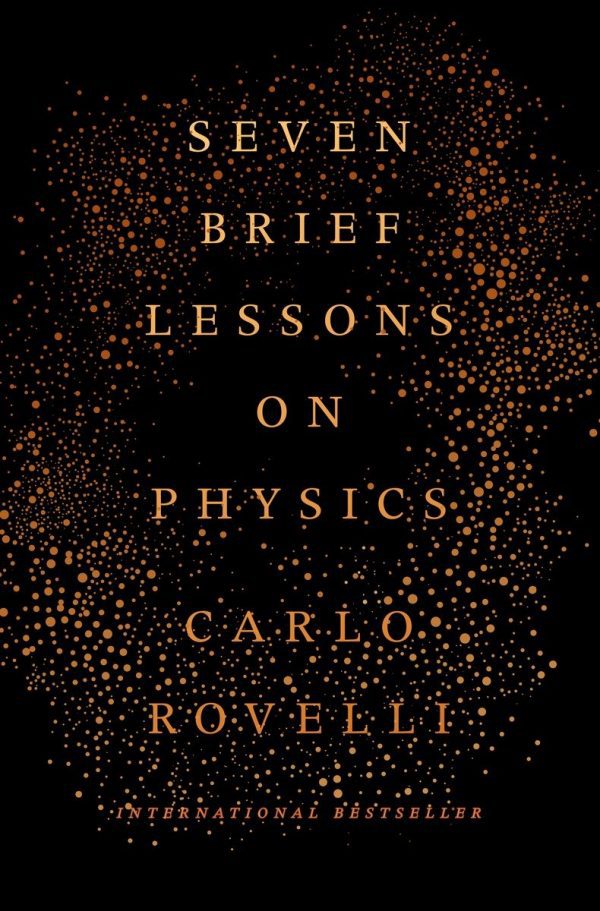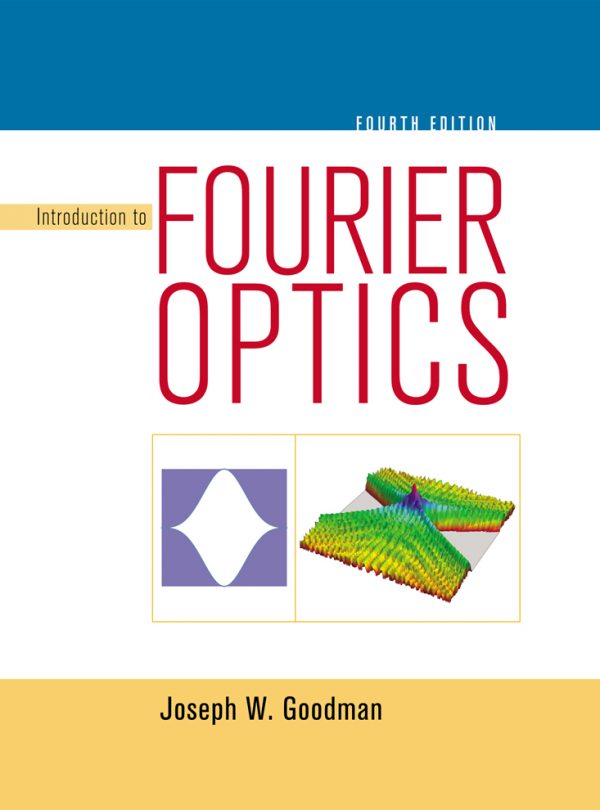T. K. Sarkar, M. Salazar-Palma, Eric L. Mokole9780470190401, 047019040X
Multiple-Input Multiple-Output (MIMO) technology is one of the current hot topics in emerging wireless technologies. This book fills the important need for an authoritative reference on the merits of MIMO systems based on physics and provides a sound theoretical basis for its practical implementation. The book also addresses the important issues related to broadband adaptive processing.
Written by three internationally known researchers, Physics of Multiantenna Systems and Broadband Processing:
Provides a thorough discussion of the physical and mathematical principles involved in MIMO and adaptive systems
Examines the electromagnetic framework of wireless communications systems
Uses Maxwell’s theory to provide a system-based framework for the abstract concept of channel capacity
Performs various numerical simulations to observe how a typical system will behave in practice
Provides a mathematical formulation for broadband adaptive processing and direction-of-arrival estimation using real antenna arrays
Integrates signal processing and electromagnetics to address the performance of realistic multiantenna systems
With Physics of Multiantenna Systems and Broadband Processing, communication systems engineers, graduate students, researchers, and developers will gain a thorough, scientific understanding of this important new technology.
Table of contents :
Physics of Multiantenna Systems and Broadband Processing……Page 9
Contents……Page 11
Preface……Page 21
Acknowledgments……Page 27
1.0 Summary……Page 29
1.1 Historical Overview of Maxwell’s Equations……Page 30
1.2.1 Faraday’s Law……Page 32
1.2.2 Generalized Ampère’s Law……Page 35
1.2.3 Generalized Gauss’s Law of Electrostatics……Page 36
1.2.4 Generalized Gauss’s Law of Magnetostatics……Page 37
1.3 Solution of Maxwell’s Equations……Page 38
1.4.1 Radiation of Fields from Point Sources……Page 43
1.4.1.1 Far Field in Frequency Domain of a Point Radiator……Page 44
1.4.1.2 Far Field in Time Domain of a Point Radiator……Page 45
1.4.2 Reception Properties of a Point Receiver……Page 46
1.5.1 Radiation Fields from Wire-like Structures in the Frequency Domain……Page 48
1.5.3 Induced Voltage on a Finite-Sized Receive Wire-like Structure Due to a Transient Incident Field……Page 49
1.6 Conclusion……Page 50
References……Page 51
2.1 Field Produced by a Hertzian Dipole……Page 53
2.2 Concept of Near and Far Fields……Page 56
2.3 Field Radiated by a Small Circular Loop……Page 58
2.4 Field Produced by a Finite-Sized Dipole……Page 60
2.5 Radiation Field from a Linear Antenna……Page 62
2.6.1 What Is Beamforming Using Antennas……Page 64
2.6.2 Use of Spatial Antenna Diversity……Page 71
2.7 The Mathematics and Physics of an Antenna Array……Page 74
2.8 Propagation Modeling in the Frequency Domain……Page 77
References……Page 85
3.1 Introduction……Page 87
3.2 UWB Input Pulse……Page 89
3.3 Travelling-Wave Antenna……Page 90
3.4 Reciprocity Relation Between Antennas……Page 91
3.6.1 Dipole……Page 93
3.6.2 Bicones……Page 99
3.6.3 TEM Horn……Page 102
3.6.4 Log-Periodic……Page 106
3.6.5 Spiral……Page 108
3.7.1 Volcano Smoke……Page 111
3.7.2 Diamond Dipole……Page 113
3.7.3 Monofilar Helix……Page 114
3.7.4 Conical Spiral……Page 116
3.7.5 Monoloop……Page 118
3.7.6 Quad-Ridged Circular Horn……Page 119
3.7.7 Bi-Blade with Century Bandwidth……Page 121
3.7.8 Cone-Blade……Page 122
3.7.9 Vivaldi……Page 124
3.7.10 Impulse Radiating Antenna (IRA)……Page 125
3.7.11 Circular Disc Dipole……Page 127
3.7.12 Bow-Tie……Page 128
3.7.13 Planar Slot……Page 129
3.8 Experimental Verification of the Wideband Responses from Antennas……Page 130
3.9 Conclusion……Page 136
References……Page 137
4.0 Summary……Page 141
4.1 Introduction……Page 142
4.2 History of Entropy and Its Evolution……Page 145
4.3 Different Formulations for the Channel Capacity……Page 146
4.4 Information Content of a Waveform……Page 152
4.5 Numerical Examples Illustrating the Relevance of the Maxwellian Physics in Characterizing the Channel Capacity……Page 158
4.5.1 Matched Versus Unmatched Receiving Dipole Antenna with a Matched Transmitting Antenna Operating in Free Space……Page 159
4.5.2 Use of Directive Versus Nondirective Matched Transmitting Antennas Located at Different Heights above the Earth for a Fixed Matched Receiver Height above Ground……Page 161
4.5.2.1 Transmitting Horn Antenna at a Height of 20 m……Page 163
4.5.2.2 Transmitting Dipole Antenna at a Height of 20 m……Page 164
4.5.2.4 The Transmitting Horn and Dipole Antenna Located at a Height of 2 m above Ground……Page 165
4.5.2.5 Transmitting Horn and Dipole Antenna Located Close to the Ground but Tilted Towards the Sky……Page 166
4.5.2.6 Channel Capacity as a Function of the Height of the Transmitting Dipole Antenna from the Earth……Page 167
4.5.2.7 Presence of a Dielectric Wall Interrupting the Direct Line-of-sight Between Transmitting and Receiving Antennas……Page 169
4.5.2.8 Increase in Channel Capacity when Matched Receiving Antenna Is Encapsulated by a Dielectric Box……Page 171
4.6 Conclusion……Page 174
4.7 Appendix: History of Entropy and Its Evolution……Page 176
References……Page 192
5.0 Summary……Page 195
5.2 Diversity in Wireless Communications……Page 196
5.2.1 Time Diversity……Page 197
5.2.3 Space Diversity……Page 198
5.3 Multiantenna Systems……Page 200
5.4 Multiple-Input-Multiple-Output (MIMO) Systems……Page 201
5.5 Channel Capacity of the MIMO Antenna Systems……Page 204
5.6 Channel Known at the Transmitter……Page 206
5.6.1 Water-filling Algorithm……Page 207
5.7.1 Alamouti Scheme……Page 208
5.8 Diversity-Multiplexing Tradeoff……Page 210
5.9 MIMO Under a Vector Electromagnetic Methodology……Page 211
5.9.1 MIMO Versus SISO……Page 212
5.10.1 Case Study: 1……Page 217
5.10.2 Case Study: 2……Page 218
5.10.3 Case Study: 3……Page 219
5.10.4 Case Study: 4……Page 222
5.10.5 Case Study: 5……Page 225
5.11 Physics of MIMO in a Nutshell……Page 227
5.11.1 Line-of-Sight (LOS) MIMO Systems with Parallel Antenna Elements Oriented Along the Broadside Direction……Page 228
5.11.2 Line-of-Sight MIMO Systems with Parallel Antenna Elements Oriented Along the Broadside Direction……Page 230
5.11.3 Non-line-of-Sight MIMO Systems with Parallel Antenna Elements Oriented Along the Broadside Direction……Page 232
5.12 Conclusion……Page 234
References……Page 235
6.0 Summary……Page 237
6.1 Various Forms of the Optimum Filters……Page 238
6.1.2 A Wiener Filter……Page 240
6.1.3 An Output Energy Filter (Minimum Variance Filter)……Page 241
6.1.4 Example of the Filters……Page 242
6.2 Direct Data Domain Least Squares Approaches to Adaptive Processing Based on a Single Snapshot of Data……Page 243
6.2.1 Eigenvalue Method……Page 246
6.2.2 Forward Method……Page 248
6.2.3 Backward Method……Page 249
6.2.4 Forward-Backward Method……Page 250
6.2.5 Real Time Implementation of the Adaptive Procedure……Page 252
6.3 Direct Data Domain Least Squares Approach to Space-Time Adaptive Processing……Page 254
6.3.1 Two-Dimensional Generalized Eigenvalue Processor……Page 258
6.3.2 Least Squares Forward Processor……Page 260
6.3.3 Least Squares Backward Processor……Page 264
6.3.4 Least Squares Forward-Backward Processor……Page 265
6.4 Application of the Direct Data Domain Least Squares Techniques to Airborne Radar for Space-Time Adaptive Processing……Page 266
6.5 Conclusion……Page 274
References……Page 275
7.0 Summary……Page 277
7.1 Introduction……Page 278
7.2 Review of the Direct Data Domain Least Squares Approach……Page 279
7.3 Review of Space-Time Adaptive Processing Based on the D3LS Method……Page 281
7.4 Minimum Norm Property of the Adaptive Weights at the DOA of the SOI for the 1-D Case and at Doppler Frequency and DOA for STAP……Page 283
7.5 Numerical Examples……Page 286
7.6 Conclusion……Page 301
References……Page 302
8.1 Introduction……Page 303
8.2.1 Forward Method……Page 305
8.2.2 Backward Method……Page 309
8.2.3. Forward-Backward Method……Page 310
8.3 Simulation Results for Adaptive Processsing……Page 311
8.4.1 Forward Method……Page 317
8.4.2 Backward Method……Page 319
8.5 Simulation Results……Page 320
8.6 Conclusion……Page 327
References……Page 328
9.1 Introduction……Page 331
9.2.1 Forward Method……Page 332
9.2.3 Forward-Backward Method……Page 338
9.3 Simulation Results……Page 339
9.4.3 Forward-Backward Method……Page 346
9.5 Simulation Results……Page 347
References……Page 350
10.1 Introduction……Page 351
10.2.1 Forward Method……Page 352
10.2.2 Backward Method……Page 355
10.3 Simulation Results……Page 356
10.4.1 Forward Method……Page 360
10.4.2 Backward Method……Page 364
10.4.3 Forward-Backward Method……Page 365
10.5 Simulation Results……Page 366
References……Page 373
11.1 Introduction……Page 375
11.2 Description of the Various Signals of Interest……Page 376
11.2.2 Modeling of the Clutter……Page 377
11.2.4 Modeling of the Discrete Interferers……Page 378
11.3.1 Full-Rank Optimum STAP……Page 379
11.3.2 Reduced-Rank STAP (Relative Importance of the Eigenbeam Method)……Page 380
11.3.3 Reduced-Rank STAP (Based on the Generalized Sidelobe Canceller)……Page 381
11.5 Channel Mismatch……Page 384
11.6 Simulation Results……Page 385
References……Page 396
12.1 Introduction……Page 399
12.2.1 Forward Method……Page 401
12.2.2 Backward Method……Page 404
12.2.3 Forward-Backward Method……Page 405
12.3 Simulation Results……Page 406
References……Page 414
13.1 Introduction……Page 417
13.2 Signal Enhancement Methodology Through Adaptivity on Transmit……Page 419
13.4 Numerical Simulations……Page 423
13.4.1 Example 1……Page 424
13.4.2 Example 2……Page 430
13.4.3 Example 3……Page 434
13.5 Conclusion……Page 438
References……Page 439
14.1 Introduction……Page 441
14.2 The Unitary Transform……Page 443
14.3 1-D Unitary Matrix Pencil Method Revisited……Page 444
14.5 The 2-D Unitary Matrix Pencil Method……Page 447
14.5.1 Pole Pairing for the 2-D Unitary Matrix Pencil Method……Page 453
14.5.3 Summary of the 2-D Unitary Matrix Pencil Method……Page 454
14.6 Simulation Results Related to the 2-D Unitary Matrix Pencil Method……Page 455
14.7 The ESPRIT Method……Page 458
14.9 Comparison of Accuracy and Efficiency Between ESPRIT and the Matrix Pencil Method……Page 460
14.10 Conclusion……Page 463
References……Page 464
15.0 Summary……Page 467
15.1 Introduction……Page 468
15.2.1 Transformation Matrix Technique……Page 469
15.3 Cramer-Rao Bound for DOA Estimation……Page 472
15.4 DOA Estimation Using 0.1 λ Long Antennas……Page 473
15.5 DOA Estimation Using Different Antenna Array Configurations……Page 476
15.6 Conclusion……Page 489
References……Page 490
16.1 Introduction……Page 491
16.2 Signal Modeling……Page 492
16.3 DFT-Based DOA Estimation……Page 493
16.4 Non-conventional Least Squares Optimization……Page 494
16.5 Simulation Results……Page 495
16.5.1 An Array of Linear Uniformly Spaced Dipoles……Page 496
16.5.2 An Array of Linear Non-uniformly Spaced Dipoles……Page 498
16.5.3 An Array Consisting of Mixed Antenna Elements……Page 499
16.5.4. An Antenna Array Operating in the Presence of Near-Field Scatterers……Page 500
16.5.5 Sensitivity of the Procedure Due to a Small Change in the Operating Environment……Page 501
16.5.6 Sensitivity of the Procedure Due to a Large Change in the Operating Environment……Page 502
16.5.7 An Array of Monopoles Mounted Underneath an Aircraft……Page 504
16.5.8. A Non-uniformly Spaced Nonplanar Array of Monopoles Mounted Under an Aircraft……Page 505
References……Page 507
17.1 Introduction……Page 509
17.2 Brief Overview of the Matrix Pencil Method……Page 510
17.3 Problem Formulation for Simultaneous Estimation of DOA and the Frequency of the Signal……Page 516
17.4 Cramer-Rao Bound for the Direction of Arrival and Frequency of the Signal……Page 522
17.5 Example Using Isotropic Point Sources……Page 533
17.6 Example Using Realistic Antenna Elements……Page 540
References……Page 549
18.1 Introduction……Page 551
18.2.1 Forward Method for Adaptive Processing of Broadband Signals……Page 552
18.2.3 Forward-Backward Method……Page 557
18.3 Numerical Simulation Results……Page 558
References……Page 563
19.1 Introduction……Page 565
19.2 EIRP Degradation of Array Antennas Due to Random Position Errors……Page 568
19.3 Example of EIRP Degradation in Antenna Arrays……Page 572
19.4 Simulation Results……Page 575
References……Page 579
Index……Page 581







Reviews
There are no reviews yet.